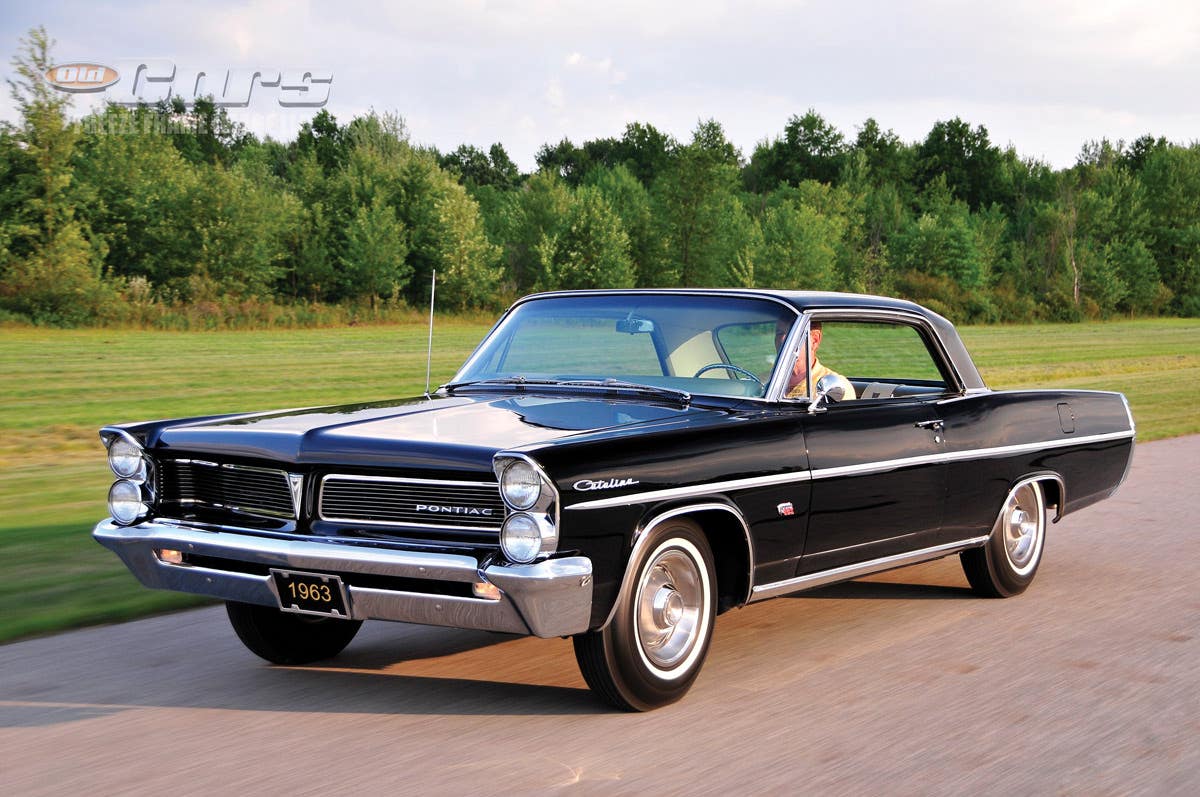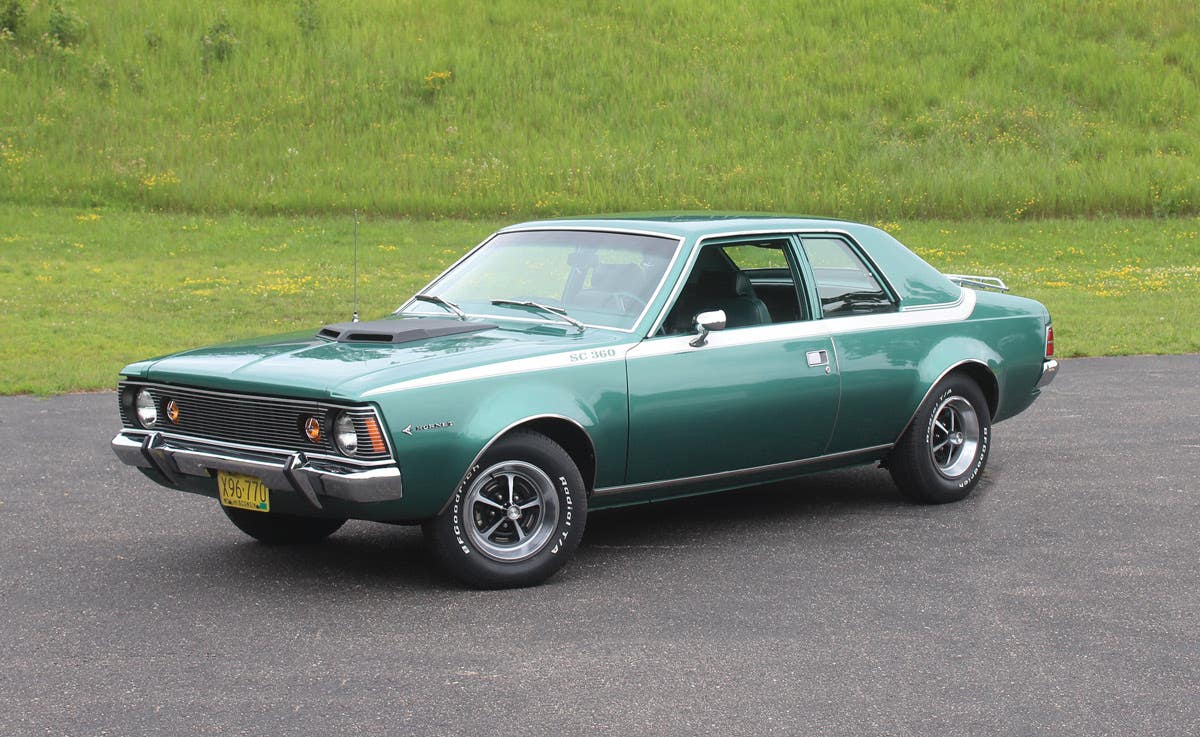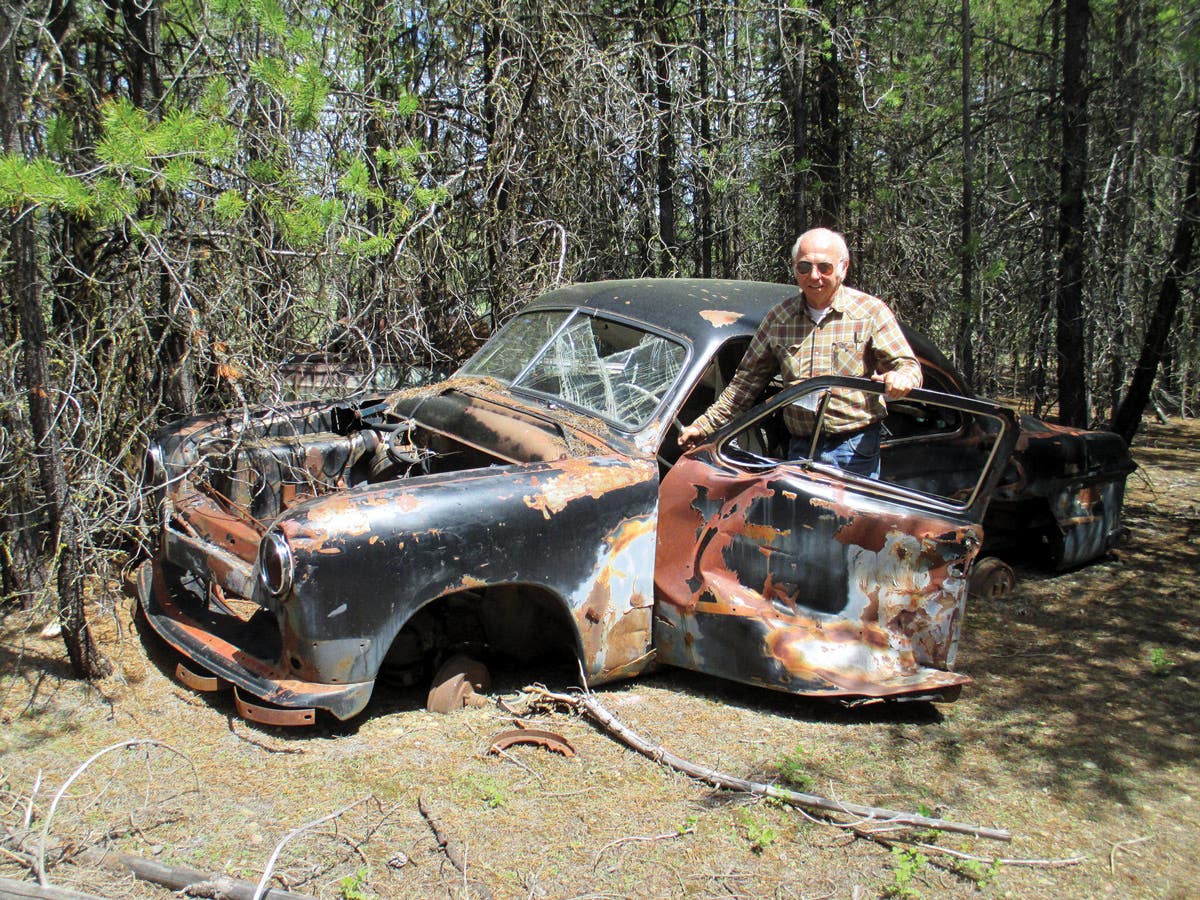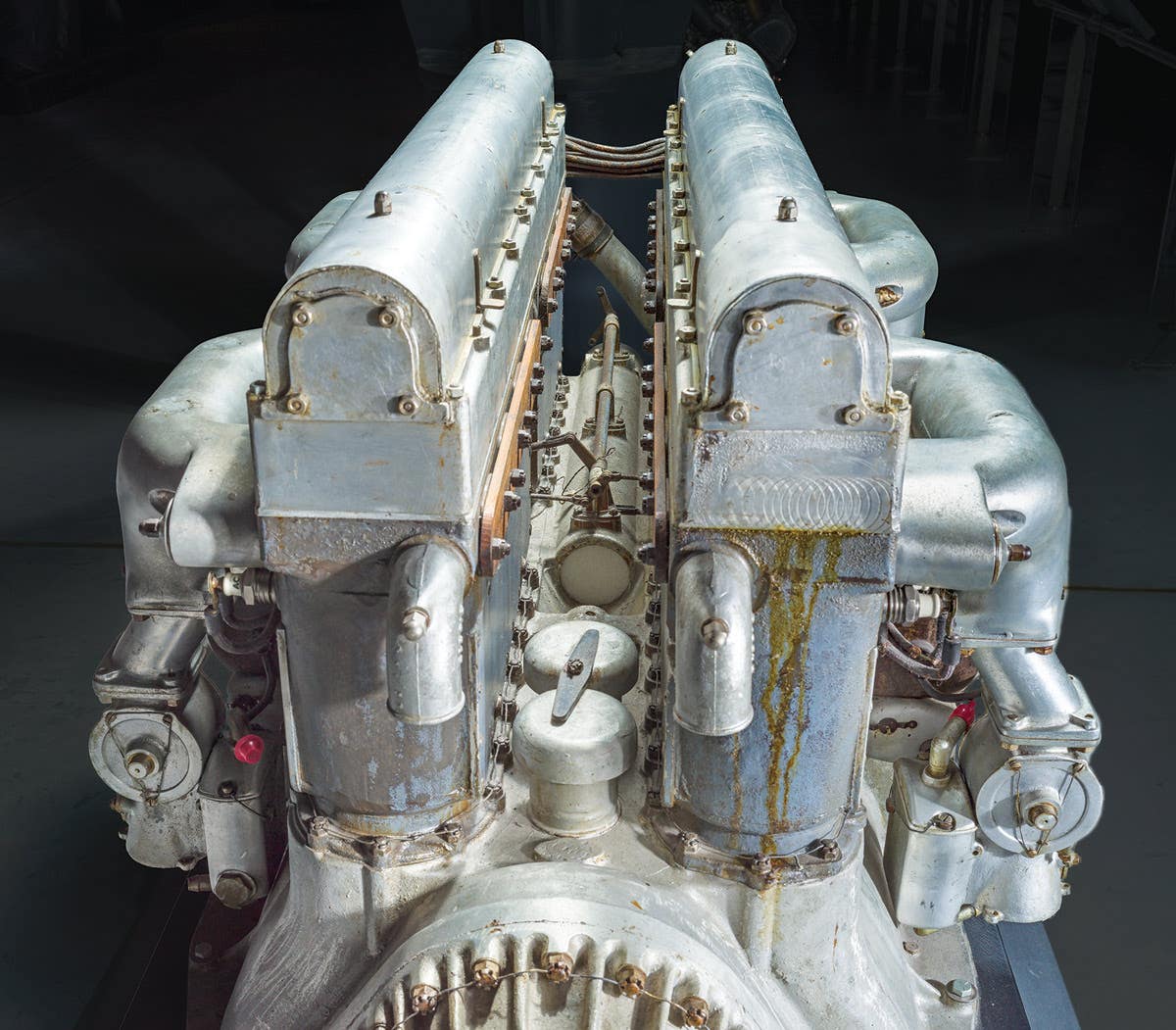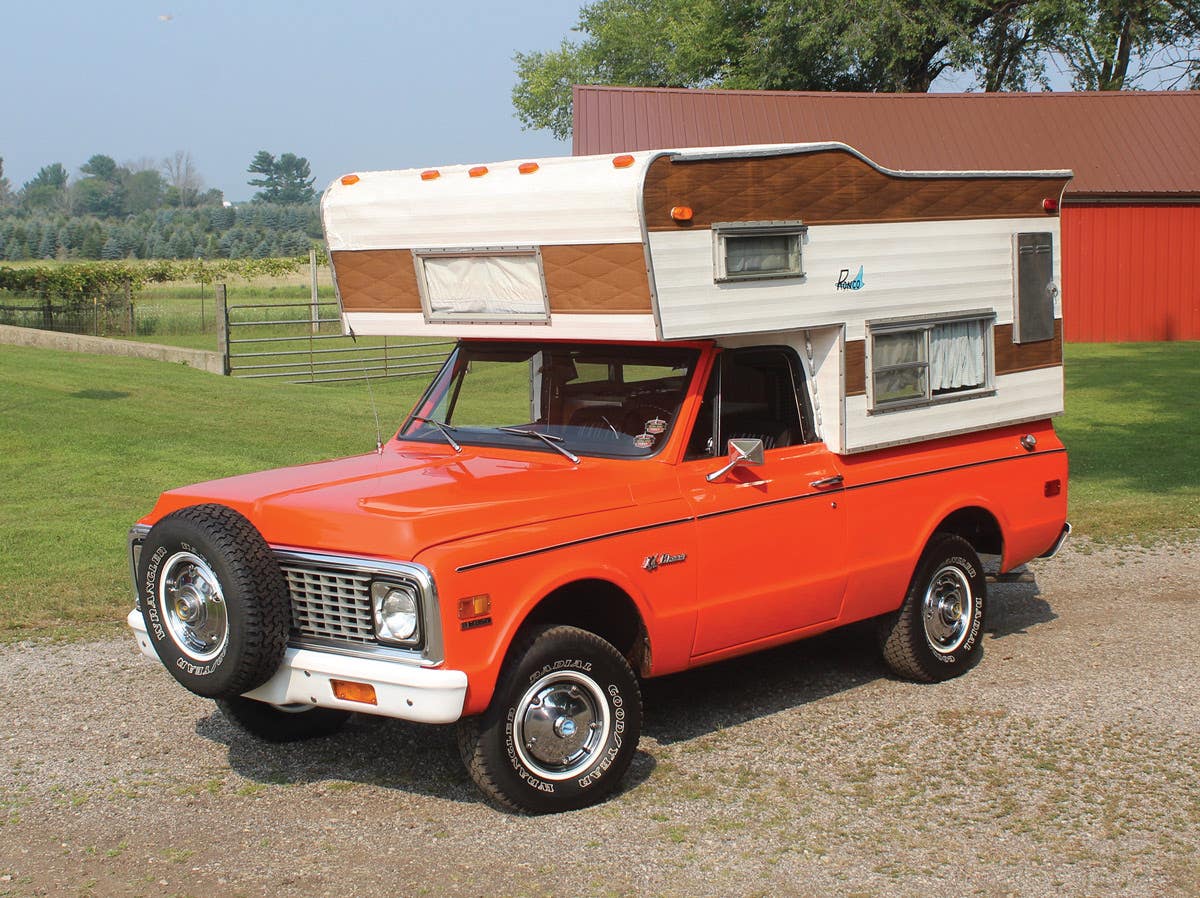Garford rescued and restored
1917 Garford fire-fighting truck is back home in Old Town, Maine.
Story and photos by Joe Cyr
In 1917, the City of Old Town, Maine, purchased its first motorized piece of fire apparatus. It consisted of a Garford chassis and a body built by the Northern Fire Apparatus Co. of Minneapolis. Much of the historical information about the truck has been lost over the decades, but stories have been passed down from fireman to fireman over the years about the competition between the new gasoline-powered truck and the traditional horse-drawn carts pulled by “Fred and Ted,” who were housed in stables at the rear of the original Central Fire Station. Reportedly, the Garford was often first out the door on an alarm, but was often passed by the horses, especially in snowy weather where the solid rubber tires of the new truck provided little traction. In fact, it wasn’t until two years later that pneumatic tires became available for purchase.
The Garford Co. was started by Arthur Lovett Garford in 1892 as a bicycle seat manufacturing company in Elyria, Ohio. It soon entered into a joint venture with Studebaker in which it would assemble automobile chassis and send them to South Bend for completion. This arrangement lasted until 1908 when Studebaker began its association with the Everitt-Metzger-Flanders Co., and Garford began producing cars under its own name.
However, the lack of a distribution network made the company unprofitable. It was purchased by John North Willys in 1913 and merged into Willys-Overland. Garford-branded chassis were produced for several more years under the Garford Motor Truck Co. name and were often made into purpose-built vehicles such as fire trucks, postal delivery vehicles and even armored cars used by the Russian military.
In Old Town’s case, a Garford chassis was sent to the Northern Fire Apparatus Co. where it was fitted with a Type H combination chemical and hose equipment body. It consisted of such features as an automatic hose reel, copper chemical tank, a Northern Rotary Pumps-branded fire pump, hardwood ladders and other assorted fire-fighting tools. The truck did not have a large-capacity water tank, but was capable of utilizing water from fire hydrants and drafting from static water sources.
Some interesting features of the truck include wood-spoked wheels, right-hand-drive steering, a revolution counter in the front hubs and manually lit torches above the hose bed that were used as supplemental lighting for nighttime calls. Missing are the original Dietz Fire King lanterns and the chemical tank and hose reel.
The original motor was destroyed during a large structure fire in Old Town in which the aging Garford was used for water supply. It was reportedly nosed down a ramp into the Penobscot River and hard suction hoses were deployed in an effort to draft water into the pump to supply other fire engines that were closer to the actual fire. Unfortunately, the oil sump was unable to lubricate the motor due to its prolonged angled position on the ramp. The fire truck was taken out of service until a replacement 1956 GMC engine could be installed by the local Public Works Facility. This engine still powers the fire truck today.
After a long career, the Garford was officially retired. It was purchased by a private individual and was thought to be lost forever. However, during an investigation in the woods of Bridgton, Maine, in 1987, it was uncovered by State Fire Marshal Stu Jacobs, who just so happened to be a former member of the Old Town Fire Department. He immediately knew what he had stumbled upon, because of the “OTFD” lettering on the hood and the Garford name on the truck’s front bumper. The owner agreed to donate the truck to the newly formed “1917 Garford Association” for restoration. Over the next several years, it was painstakingly restored by Bruce Johnson and several other members. All money was raised by the association through donations, benefit dances and other fund raising activities.
The truck was stored for more than 20 years at the Hose Five Fire Museum in Bangor, Maine, until current members of the Old Town Fire Department reformed the Garford Association and began efforts to return the truck to its original home. They, in conjunction with the City of Old Town, are currently working on constructing a replica of the original fire station in front of the current facility to permanently house this piece of fire-fighting history.
The truck is believed to be one of only three 1917 Garford fire engines in existence today, one of which is located in Australia.
If you like stories like these and other classic car features, check out Old Cars magazine. CLICK HERE to subscribe.
Want a taste of Old Cars magazine first? Sign up for our weekly e-newsletter and get a FREE complimentary digital issue download of our print magazine.



